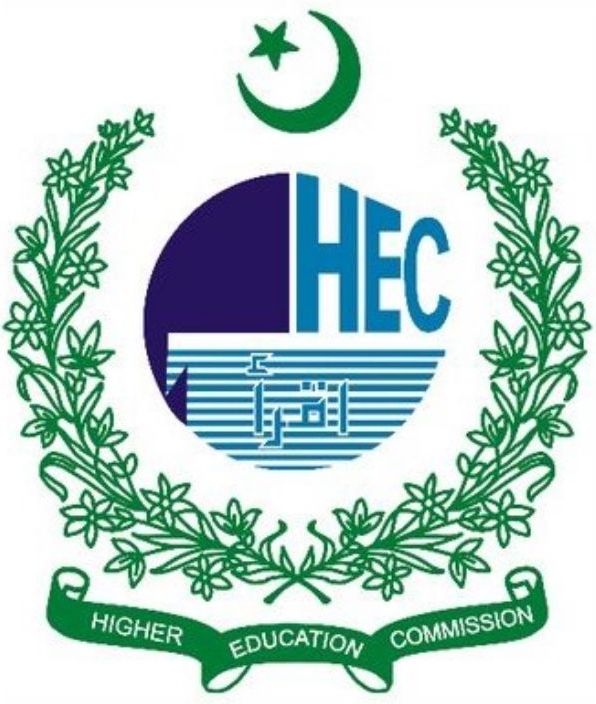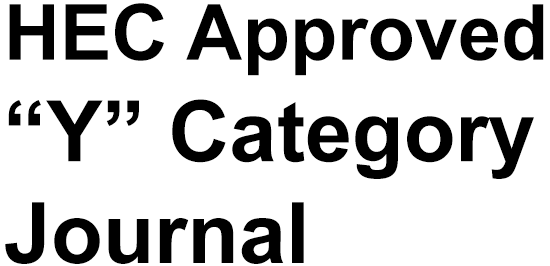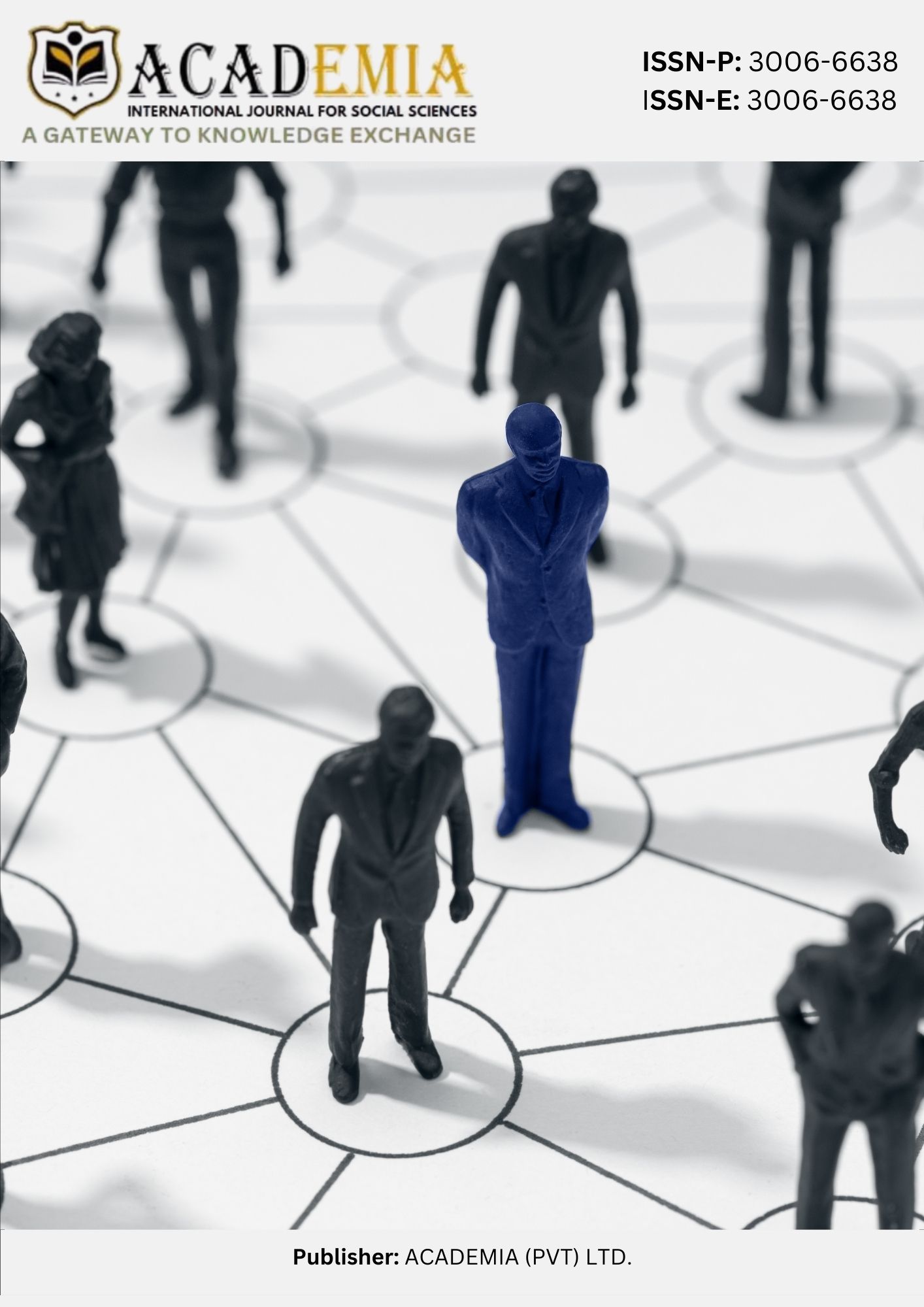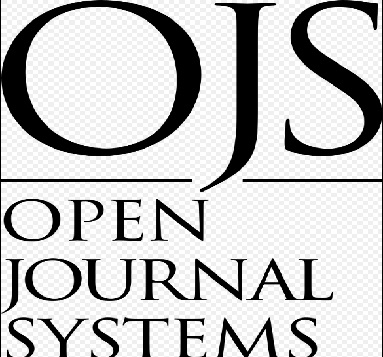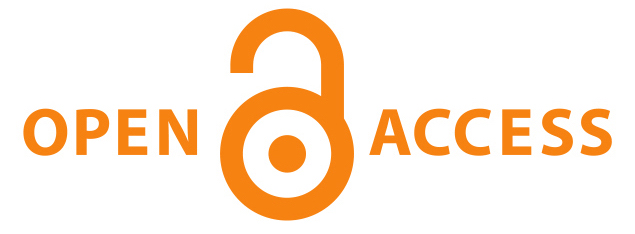AI, Transparency, and Fairness in International Arbitration: Rethinking Disclosure and Due Process in the Age of Algorithmic Adjudication
DOI:
https://doi.org/10.63056/ACAD.004.02.0255Keywords:
Artificial Intelligence in Arbitration , Algorithmic Adjudication , International Arbitration Law, Soft-law GovernanceAbstract
Artificial intelligence (AI) is reshaping every stage of international arbitration, yet its silent incursion into tribunals’ reasoning threatens core guarantees of due process. This paper explores whether, and how, arbitral law should compel disclosure and explainability when AI materially informs an award. Using a mixed-methods design, the study combines doctrinal analysis of the New York Convention, UNCITRAL instruments, leading institutional rules, and emerging soft-law guidelines with empirical evidence drawn from the 2025 QMUL–White & Case survey, practitioner interviews, and the landmark LaPaglia v. Valve challenge. Findings reveal a pronounced regulatory gap: hard-law frameworks remain AI-agnostic even as a consensus soft-law “lex mercatoria” of non-delegation, transparency, and human oversight is rapidly crystallising. The paper demonstrates that narrowly tailored duties—requiring tribunals to notify parties of any substantive AI use, provide a concise explanation of its role, and verify outputs—can safeguard party autonomy and enforceability without eroding arbitration’s confidentiality or efficiency. Empirical data show stakeholders overwhelmingly support such measures and view them as pre-empting costly post-award challenges. The analysis concludes with a roadmap for implementation through institutional rule amendments, model procedural orders, and possible refinements to the UNCITRAL Model Law. By anchoring algorithmic tools to human accountability, the proposed framework preserves trust in arbitral justice while permitting innovation. Ultimately, the study argues that embracing calibrated transparency today will ensure international arbitration remains legitimate, adaptable, and competitive in the algorithmic era. It thus offers a timely blueprint for courts, tribunals, and institutions seeking to harness AI’s efficiencies without compromising fundamental procedural safeguards in global practice.
Downloads
Published
Issue
Section
License
Copyright (c) 2025 Dr. Mohaddas Mehboob, Sidra Zakir, Hazrat Usman, Attiq Ur Rehman (Author)

This work is licensed under a Creative Commons Attribution 4.0 International License.


